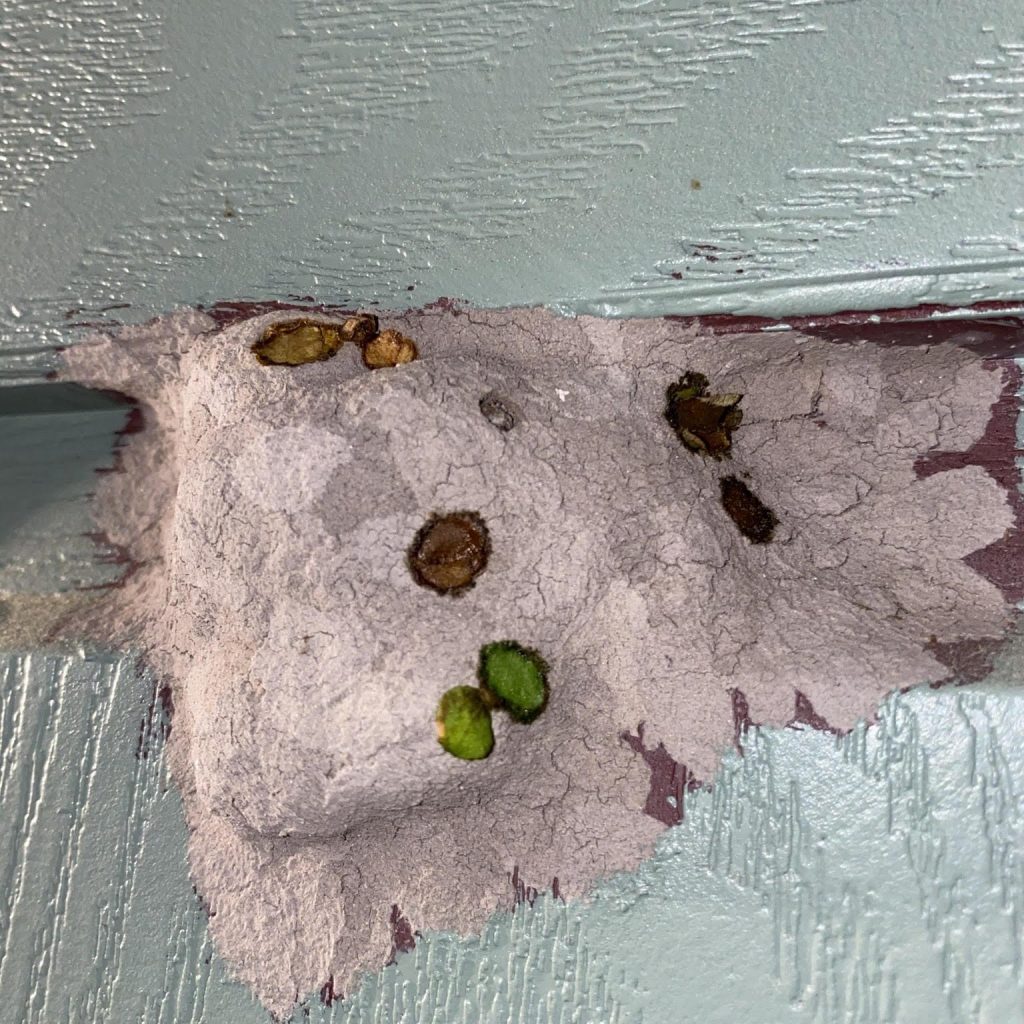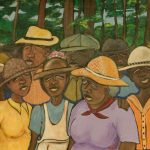Pollinators
Pollinators: Words & Images by Horticulturalist Anna Huebner
BEYOND THE BUZZ
All the buzz right now is about planting native, SAVE THE POLLINATORS! Which many people consider to be the most important topic out there. I want to take some time to explain another important aspect of helping our native pollinators, specifically our bees and wasps. Now before you fret, it’s important to know that 90% of our native bees and wasps are solitary and not aggressive. Unless you grab them or they somehow get into your clothing, it’s unlikely you will be stung. I have spent many hours with my face near their nests watching them hard at work construct their homes and have never once been stung. Solitary bees use their stinger in life or death situations. The bees are more concerned with gathering their nesting material and then filling their cells with pollen balls and an egg. Solitary wasps want to save their venom to paralyze a spider, caterpillar, or other insects to bring back to their cell to feed their larvae with.
So, now what? We’ve planted and watered the flowers, and they are looking beautiful. The bees, beetles, flies, and butterflies are enjoying them as much as we are, but for different reasons. Have you ever wondered where these bees are taking the pollen they have collected, or where the wasp is taking that tomato hornworm it has paralyzed? If you have some patience and watch them closely, you just might find the place they call “home”, or their larvae call “home”.
GROUND NESTERS
70% of our native bees are ground nesters, with most being solitary or eusocial, excluding the social bumblebee. With that being said, these ground-nesting bees and wasps need bare ground to excavate their nests. Wood mulch is very popular for gardens, but it deters our pollinator friends from nesting in the soil. It is a good idea to create areas in your garden that you leave mulch free. The next option would be is to drop the wood mulch altogether, A more eco-friendly approach is to use the fallen leaves from the trees in your yard as a new and improved mulching system. Using composted leaves is not only befitting your soil but also benefits the pollinators. Many caterpillars create their cocoons using leaves; so instead of raking the leaves up and throwing them in plastic bags for curbside pick-up think about throwing them in your garden beds.
Many of our early spring bees are the ground nesters, which may be mistaken for ant homes if you don’t look closely. Two major differences allow us to differentiate between ant homes and ground-nesting bees and wasps. The most obvious difference is the lack of ant traffic near a ground nest. The second difference, which indicates a ground-nesting bee, is a large mound of soil particles with a large hole in the center.

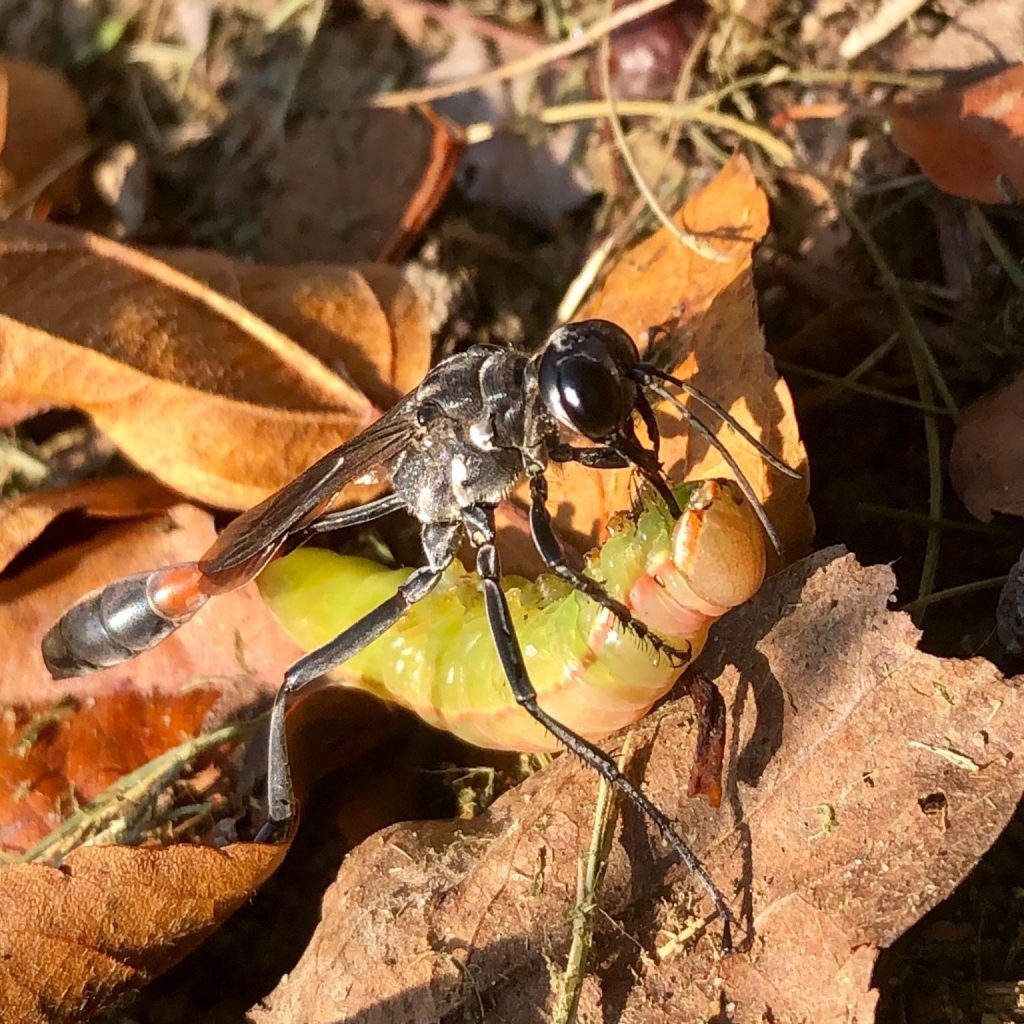
TUNNEL NESTERS
Next, we will venture to the tunnel nesters;. These consist of our leafcutter bees and our mason bees. Often found in holes of old stumps created by previous insects, or stems of pithy plants such as joe pye or hydrangeas. Leafcutter bees construct their nest using cuts of leaves they gather; The mason bees construct their nests using mud gathered in their mandibles. Each bee constructs many cells, with each cell housing its own egg along with a pollen ball for when the larvae hatch. Mason bees & leafcutter bees are known to be great pollinators because they don’t use their “saliva” to pack pollen to their legs like honey bees and bumblebees. Instead, it just hangs loosely, often transferring pollen from flower to flower.
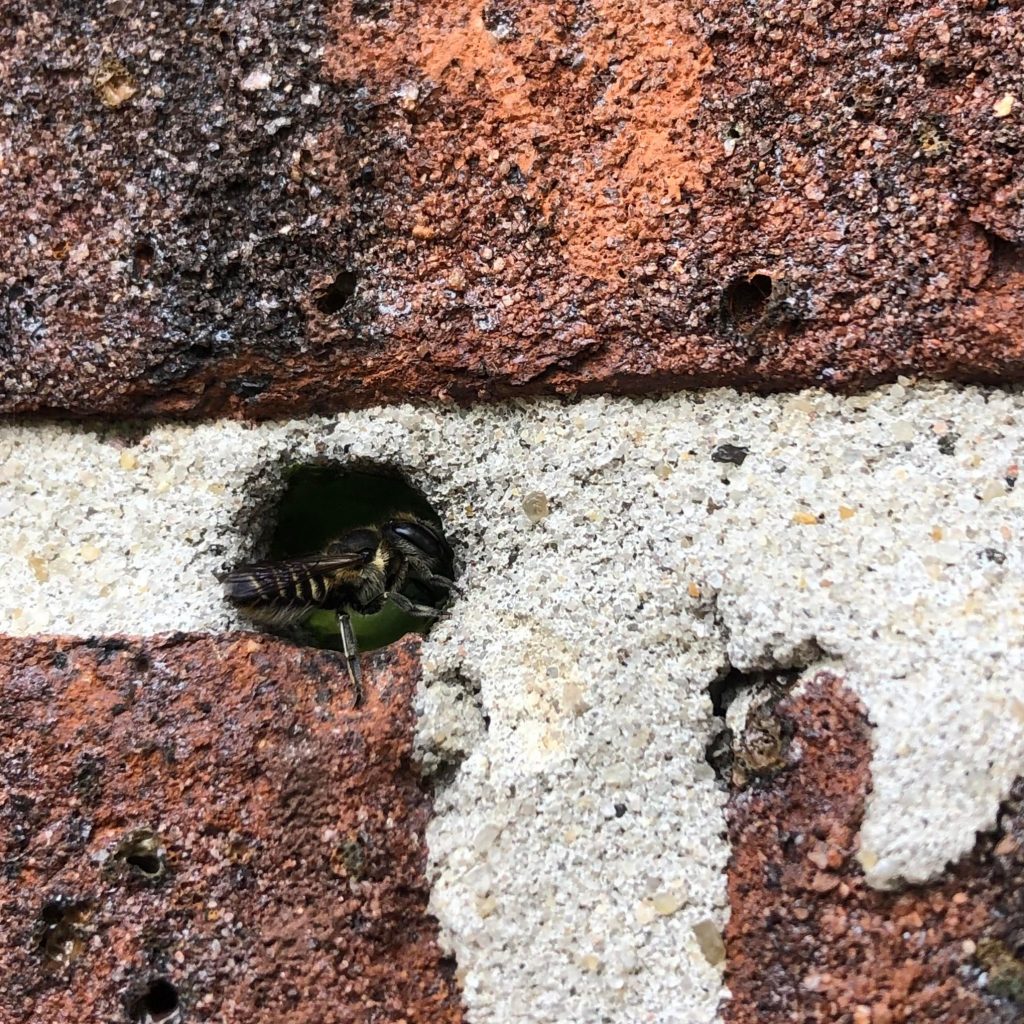
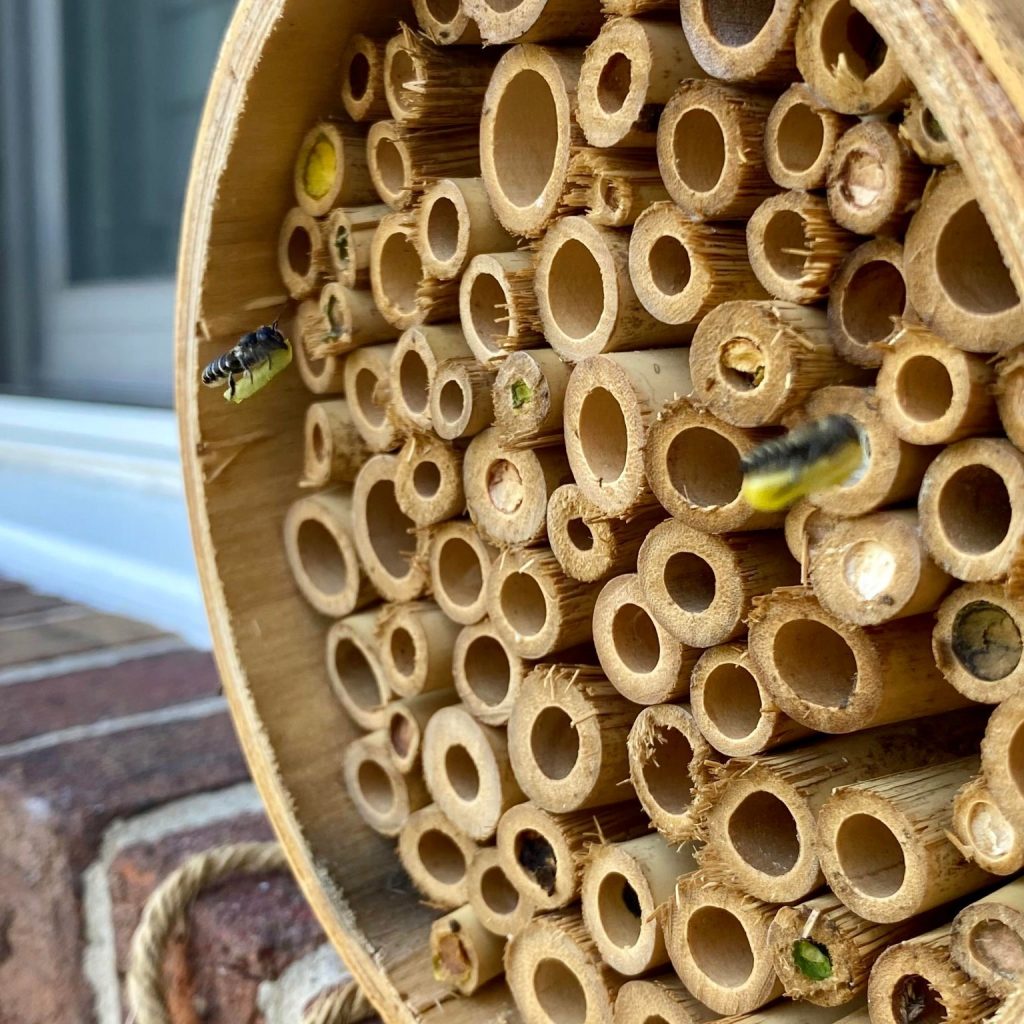
HOW TO HELP
Bee hotels are becoming quite popular, and they can be great! You just have to know how to take care of them. They are not a set it and forget it type of thing, so if you’re not ready to go all-in, there are other ways to encourage the nesting of these great bee species! In the late fall or early spring, when you are cutting things back in your garden, (mainly the pithy stemmed plants), don’t cut them to the ground, instead leave a foot or two of the stem. This will encourage bees to nest in them during the summer, which is a great and natural way to encourage bee activity.
CONSTRUCTORS
Last but not least we will discuss ‘the constructors’. The main way you can promote these little guys nesting is to just let them BEE when they do build their nest! This past summer, I had a mud dauber nest on the shutter of my house, right behind my chair on the porch. I let her be. And you know what, it was so fun to sit there and watch her work so hard! She would construct a cell (pictures below), capture and paralyze a spider or two, lay her egg, seal the cell off, and move on to the next cell. I really grew quite fond of her. I would sit and have my morning coffee and she would be working on her nest less than a foot from my head. Her larvae overwintered, pupated, and this summer they left their nesting cell. Guess what came and filled it up? Yup, some leafcutter bees. Nature is awesome.
-

Stages of the mud dauber nest. The first cell with a paralyzed spider inside. -

The almost completed nest. -

When the wasps
moved out and the leafcutter bees moved in!
BEE NATURAL
Letting some areas in your yard be natural is also a great way to promote pollinator habitat. Fallen trees are great for the small green “sweat bee”, which nest in holes of the wood. If the tree is uprooted, you may have some chimney bees nest in the piled soil! Bumblebees (a social bee) love nesting in old rodent holes and holes in rotting trees! What may seem “unsightly” to us is truly a dream home for so many of our pollinating friends,.This, in my opinion, turns it into something quite beautiful.
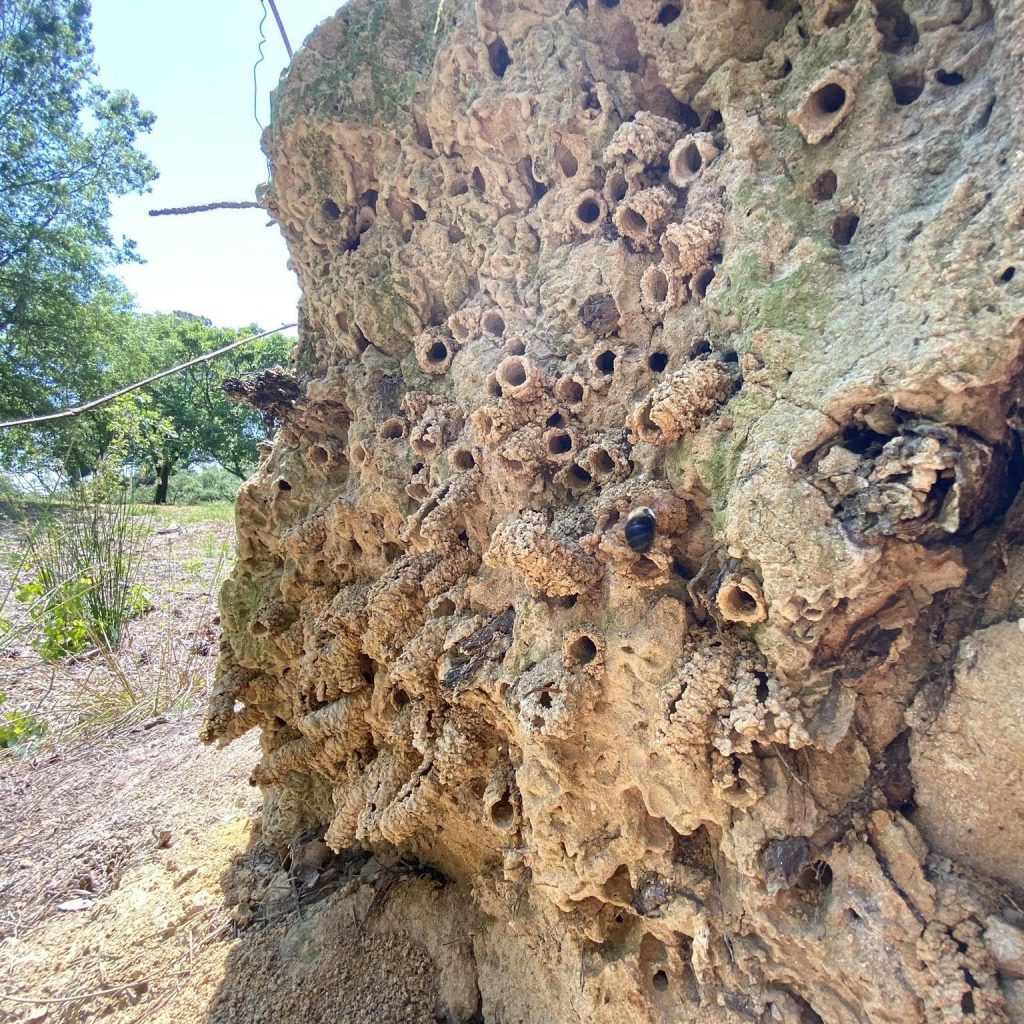
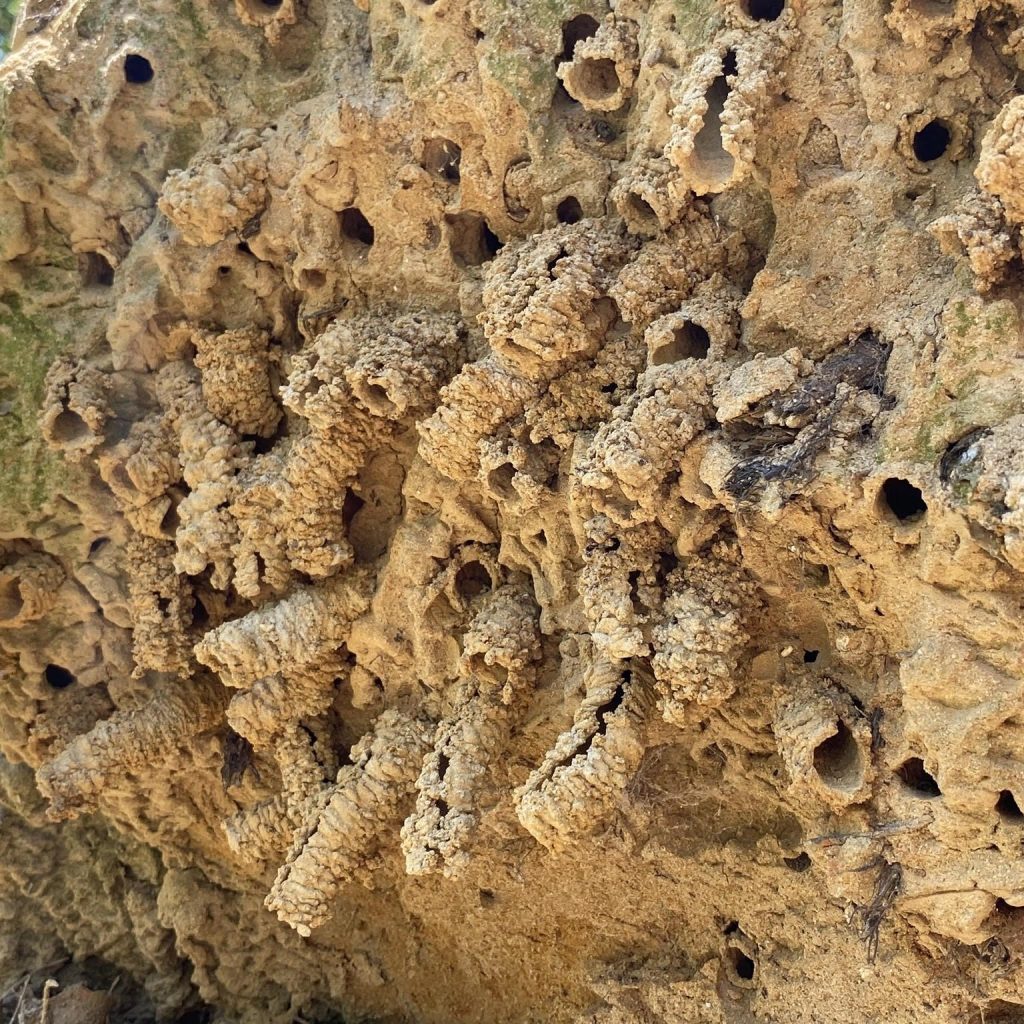
Pollinators: Words & Images by Horticulturalist Anna Huebner




